On Anzac Day eve, it’s really important to make tomorrow special as a tribute for all those Australians who made so many sacrifices for this country.
I actually think it will be special. Australians are wonderful at pulling together. Just in my community area, and those of my children and grandchildren, the plans to remember the fallen are just so inspiring. From coming out and standing on balconies and in driveways to lighting candles and kids playing the Last Post… it will be terrific if we all make the effort.
Next week I think we’ll need to remember the tenacity and stoicism of our Armed Forces as we brace ourselves for a barrage of economic news… because it is going to be really ugly. Many will be shocked.
We’ve had a small taste of what’s coming over the last couple of days with the news from overseas.
– Another 4.4 million Americans registering for unemployment just last week. Down from 5 million the week before but that’s 26 million in total over the last 5 weeks. To put that in perspective, 26 million people equals an unemployment rate of 16 per cent.
– The Manufacturing index for Europe came in at 13 points. An index figure of 50 points, or above, indicate manufacturing output is growing. Under 50 points shows manufacturing is contracting. That 13 point figure is the worst since figures have been collated… it is astonishingly bad.
And there are more figures like this still to come next week.
Keeping the panic in perspective… because we can afford it
Economic figures like this are spooking people and it will get worse. But it gives you some sense of the size of the problem and how deep the economic Recession will be.
It also gives you an understanding of why our Federal Government has responded, quite rightly, with the biggest economic stimulus package in Australia’s history.
If they didn’t work with the Reserve Bank and Treasury on the stimulus, up to 750,000 extra Australians would have lost their job and thousands of businesses would fail.
It’s why I get so annoyed hearing criticism from people with things like; we can’t afford it, or, government debt will leave future generations broke.
The fundamental logic behind a stimulus package is to save jobs and businesses from going broke. Why?
Because when people have a job and a business makes profits… they pay tax. The more people who lose their job and the more businesses that gro broke, not only do you lose tax (revenue) but you also have to pay social security (costs)
Income goes down, costs go up and the economy crashes.
Why wouldn’t you pay to keep people in work and business operating so they can keep generating revenue.
Bear with me… because I’m passionate about this and want to shut up the whingers. And I hope you’ll shut them up as well.
. I will recap what Government’s have done to help the economy. So much has been announced that we often lose track of the whole package.
. then I want to, once and for all, step by step, debunk this Government debt issue that we can’t afford these packages. Debt will be a big number, a scary number. But compared with the size of the economy it’s very manageable.
As I said, bear with me because when those scary economic numbers come out next week you’ll be reassured that we are in a much better position to cope than most other countries.
What Has Been Done By Governments
Thanks to my mates Craig James, Tom Piotrowski and the Commsec team for the summary.
The estimated size of all the measures announced is estimated at $339,485 million.
Federal Government & Reserve Bank
∙ March 12: First economic package $17.6 billion (support cash flow and investment spending of business and provide payments to vulnerable Australians)
∙ March 19: Reserve Bank monetary package includes $90 billion three-year funding facility and $15 billion from the Government to improve access to finance.
∙ March 22: Second package $66 billion (keep business in business and keep workers in jobs)
∙ March 30: Third package $130 billion (includes new wage subsidy ‘JobKeeper’ program)
Also
∙ March 18: $715 million airlines package
∙ March 28: Regional Airlines Network Support $198 million
∙ March 20: $444.6 million aged care support
∙ April 12: Higher Education relief Package
∙ April 13: $3 million support frontline health workers
∙ April 16: $165 million for airlines to maintain critical air routes
NSW
∙ March 17: $2.3 billion economic stimulus package ($1.6bn tax cuts, job creation; $700m for health)
∙ March 27: 2md stage economic package including $1 billion fund for jobs
Also
∙ April 2: $750 million Small Business Support Fund (grants up to $10,000 for small business
∙ April 7: $100 million to support health workers
∙ April 9: $51 million free pre-school for six months
∙ April 13: $440 million land tax break
∙ April 17: $82 million for council childcare centres
∙ April 17: $50 million fee waivers for trades and construction sector
Victoria
∙ March 21: $1.7 billion Economic Survival package (includes $500m Business Support Fund)
∙ April 1: $1.3 billion to create 4,000 ICU beds, equipment, capital works and training
Also
∙ March 15: $100 million for elective surgery
∙ March 19: $437 million health funding
∙ April 5: $45 million for sessional kindergartens
∙ April 15: $500 million support for residential & commercial tenancies
∙ April 16: $24.5 million emergency funding
∙ April 17: $3 million family violence
∙ April 17: $260.8 million emergency funding for TAFE
Queensland
∙ March 24: $4 billion package (support health, jobs, households & business)
Also
∙ March 2: payroll tax deferral
∙ March 17: $500 million in loans to support workers; extend payroll tax deferral
∙ March 25: $24.7 million support for vulnerable
∙ April 6: $17.5 million to help health workers self-isolate
∙ April 8: $5.5 million domestic violence
∙ April 12: $17 million relief package (including free community kindergarten)
∙ April 14: $28 million for community based health service groups
∙ April 18: Government offers $200 million for national support package for Virgin Airlines
South Australia
∙ March 11: $350 million package including bringing forward infrastructure projects
∙ March 26: Second package $650 million Jobs Rescue Package
Also
∙ March 16: $50 million for local jobs
∙ March 19: $12 million skills package
∙ March 29: Fast tracking infrastructure
∙ April 3: Fee relief tourism businesses; Defer licence fees for minerals & petroleum sector
∙ April 4: $16 million for training providers
∙ April 5: $1.6 million for vulnerable
∙ April 9: $190 million funded from Jobs Rescue Package ($10,000 grants for small business)
∙ April 10: $5.2 million for taxi industry
Western Australia
∙ March 16: $607 million supports households and small business
∙ March 31: $1 billion economic & health relief package (includes $500m health & front line service delivery)
Also
∙ March 30: $159 million rent relief for small business
∙ April 8: $91.2 million police package
Tasmania
∙ March 18: $420 million Support & Stimulus package
∙ March 26: $565 million Social & Economic Support package
Also
∙ April 8: Round 2 of emergency grants open
∙ April 11: Boosted Digital Ready for Business grants to $400,000
∙ April 16: school levies refunded
ACT
∙ March 20: $137 million first phase includes rates rebate and commercial rates relief
∙ April 2: $214 million second phase of $351 million Economic Survival package
Northern Territory
∙ March 18: $60 million economic stimulus package includes home & business improvement
∙ March 24: $65 million (includes $50 million Small Business Survival plan) as part of Jobs, Rescue & Recovery plan
∙ April 8: $180 million Business Relief for Payroll, Power, Rent and Rates
∙ April 16: second stage of Small Business survival plan (includes $20m for operational costs)
∙ April 16: $30m home improvement plan doubled
NT Government says now investing $300 million to protect the economy and save jobs
Can We Afford $339 billion in stimulus
Yes, on it’s own $339 billion is a massive number. But so is the size of the Australian economy… $1.37 trillion. It’s the 14th largest economy in the world.
I always say, think of the economy as the value of our economic house. And think of Government debt as the mortgage against that house.
So what was Government debt as a percentage of our economic house before the onset of Covid-19, and assuming we have to borrow the $339 billion cost of the economic stimuluses against the economic house, what will the mortgage rise to.
Big thanks to Alex Joiner of IFM Investors for the next couple of charts to answer these questions. (I love following Alex on Twitter and his economic commentary… I highly recommend you do as well).
As Alex’s chart below shows, Australia’s Gross Government Debt as a percentage of the economy before the Covid stimulus was 45 per cent … the dark line next to us on the chart.
The yellow line shows how much our debt will rise to finance the stimulus… 19 per cent.
So after the stimulus our Government debt (mortgage) to the size of the economy (the house) will be 64 per cent.
At that level it is still very manageable and way below our major trading partners.
Look at China (70%), Germany (66%), UK (96%), US (132%), Japan (250%) and Canada which is a similar sized economy as ours at 109 per cent.
Debt will be high… but these are extraordinary times
This is the debt profile of Government since the last economic recession of 1990-91.
After the “recession we had to have”, Government debt rose for a couple of years as they borrowed to get the economy back in shape and then paid it down when the good times returned.
When the GFC hit the world, the Rudd Government also stimulated the economy to cushion jobs and business. We were just starting to get into a position to start bringing that debt down when this Black Swan event which no-one saw coming hit.
Understand that this pandemic is up to 10 times bigger than the GFC. Far bigger.
So the economic stimulus has to be proportionally bigger because, if not, the economic devastation and loss of jobs would be proportionally bigger.
And why wouldn’t you borrow if you had to pay this interest rate
So it’s a given that Government debt will rise but at 65 per cent of the value of the economic house, it’s still manageable.
As we all know, it’s not just the size of the mortgage that’s important, it’s the interest rate on it which is equally important.
If you could lock in a 15 year fixed rate mortgage at 1 per cent interest, would you do it?
I reckon I would. I’d borrow as much as I could because even if I put it in a term deposit I’d still be doubling my money.
That’s is the interest rate the Australian Government will pay to fund the $339 billion stimulus package.
But they’re not putting that money into a term deposit, so how will they get a return?
They are putting those borrowings into keeping people in jobs and businesses afloat which will pay them back in taxes to pay down the debt and make a return.
I hope you stuck with me through this because, as you can see, we had to stimulate the economy, we had to save jobs and businesses…
We can afford it as a nation
Government debt is manageable
And it will not take multiple generations to pay back the debt
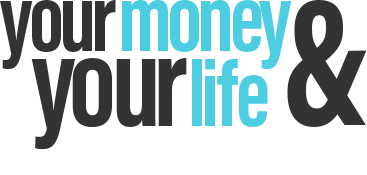
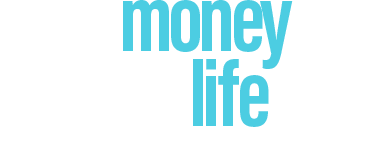

















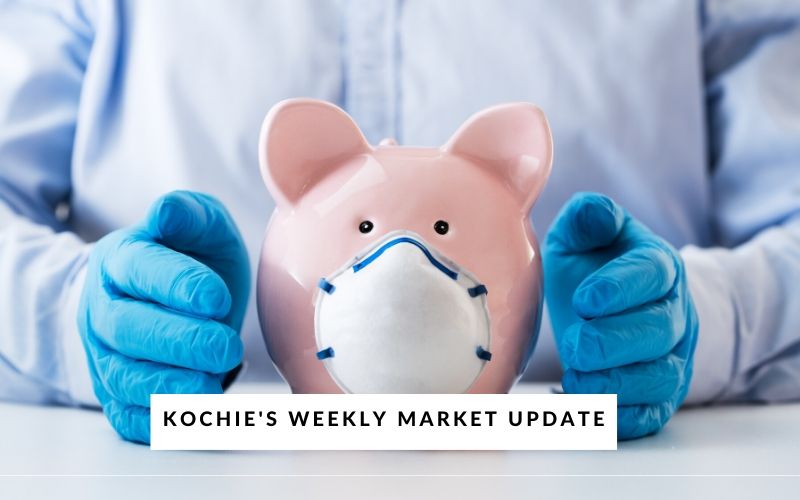





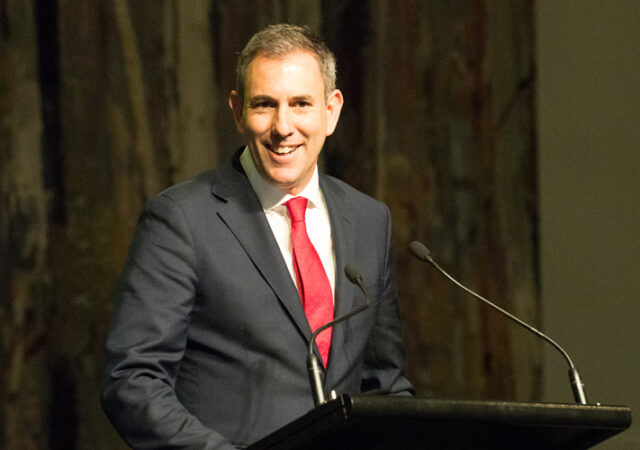
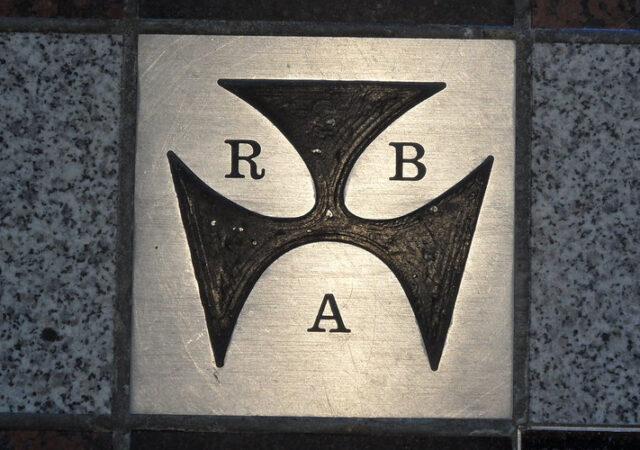

Trending